Tree Risk
- By 7019761375
- •
- 19 Dec, 2017
- •
Recognizing Tree Risk
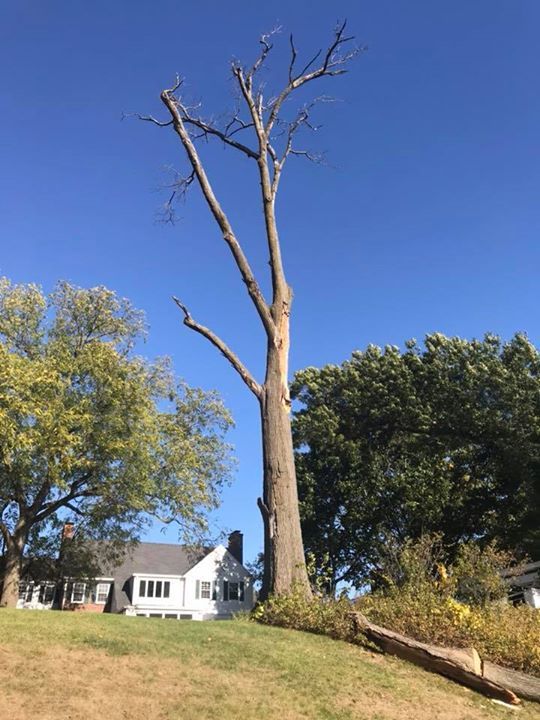
Trees provide significant benefits to our homes and cities, but when trees fall and injure people or damage property, they are liabilities. Understanding and addressing the risks associated with trees makes your property safer and prolongs the life of the tree.
Trees are an important part of our world. They offer a wide range of benefits to the environment and provide tremendous beauty. However, trees may be dangerous. Trees or parts of trees may fall and cause injury to people or damage to property. It is important to assess trees for risk. While every tree has the potential to fall, only a small number actually hit something or someone — a target. There is no such thing as a completely “safe” tree. It is an owner’s responsibility to provide for the safety of trees on his or her property. This brochure provides some tips for identifying the common defects associated with tree risk. However, evaluating the seriousness of these defects is best done by a professional arborist. Regular tree care will help identify trees with unacceptable levels of risk. Once the risk is identified, steps may be taken to reduce the likelihood of the tree falling and injuring someone.
Tree Risk Checklist Consider these questions:
• Are there large, dead branches in the tree?
• Are there detached branches hanging in the tree?
• Does the tree have cavities or rotten wood along the trunk or in major branches?
• Are mushrooms present at the base of the tree?
• Are there cracks or splits in the trunk or where branches are attached?
• Have any branches fallen from the tree?
• Have adjacent trees fallen over or died?
• Has the trunk developed a strong lean?
• Do many of the major branches arise from one point on the trunk?
• Have the roots been broken off, injured, or damaged by lowering the soil level, installing pavement, repairing sidewalks, or digging trenches? • Has the site recently been changed by construction, raising the soil level, or installing lawns?
• Have the leaves prematurely developed an unusual color or size?
• Have trees in adjacent wooded areas been removed? • Has the tree been topped or otherwise heavily pruned?
If you notice any of these signs, please give ASAP Tree Pros Inc. a call to schedule your free estimate right away.
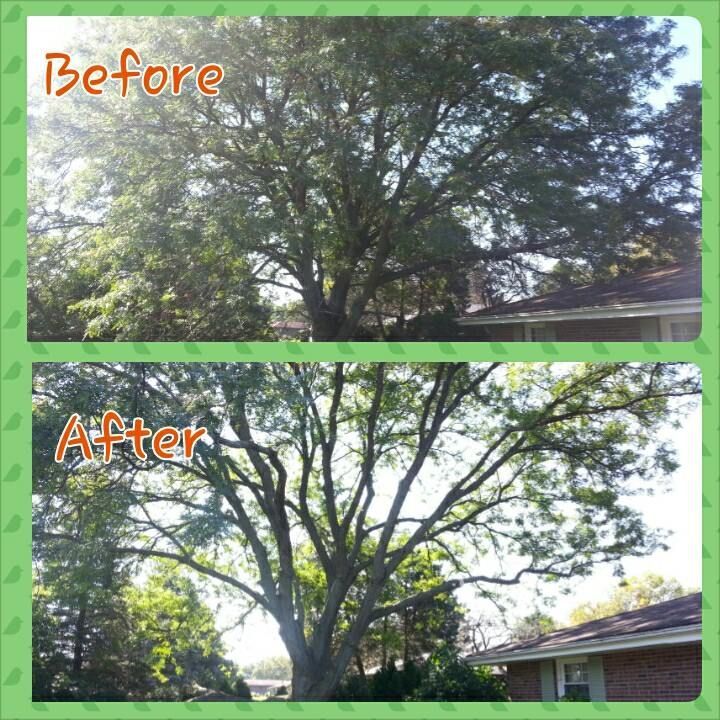
Spring is a great time to have your trees trimmed, as it is the time when most trees are beginning to emerge from their winter dormancy and start growing again. Here are some ASAP Tree Pros spring tree trimming tips to consider:
-
Identify the trees that need trimming: Not all trees require trimming. Observe your trees to identify the ones that require trimming. Look for broken, diseased, or dead branches, crossed or rubbing branches, or any other potential hazards.
-
Hire a professional tree servicelike, ASAP Tree Pros Inc., While DIY tree trimming may seem like a good idea, it can be dangerous and result in improper pruning techniques that could harm the tree. Hire a professional tree service with experienced and certified arborists to do the job safely and correctly.
-
Timing is key: Trimming trees during the growing season can promote healthy growth and flowering, but it is important to trim them before the new growth becomes too dense. Late winter or early spring, before new buds begin to form, is an ideal time for most trees.
-
Trim for health and safety: The primary goal of tree trimming is to maintain the health and safety of the tree. Focus on removing any dead or diseased branches, improving the tree's structure, and removing any branches that pose a hazard to people or property.
-
Avoid over-trimming: Avoid removing more than 25% of a tree's canopy as this can stress the tree and cause long-term damage. Trim only what is necessary to maintain the tree's health and safety.
By following these tips, you can ensure that your trees receive the proper care they need to thrive and remain healthy for years to come.
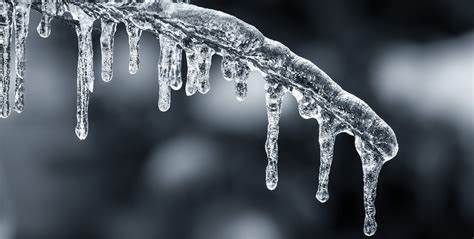
Winter is always a challenging time for landscape trees in Northern Illinois. One of the most significant and lasting impacts of winter on trees is ice and snow damage. Events such as this week’s ice storm in northern lower Michigan coated trees with up to half an inch of ice. This amount of ice can weigh down tree branches and cause significant breakage. Often the weight of ice results in high crown breakage, though trees can also split or lose major limbs.
Once the weather warms up, homeowners can begin to venture outside and assess the damage from the storm. Proper pruning and care of damaged trees is important for safety and for long-term health of the trees. If damaged trees are not properly pruned, several problems may ensue. Trees may experience severe dieback, resulting in dead limbs that could fall later.
Some trees may also produce prolific sprouts or suckers along limbs that have been damaged. These newly formed limbs are often weak and poorly attached to the tree and may be prone to failure during future storms. Broken limbs that are hung up in trees are a hazard since they may fall later. Lastly, proper pruning and tree care can help to reduce the likelihood that broken limbs will become infected with disease pathogens that can further damage or kill the tree.
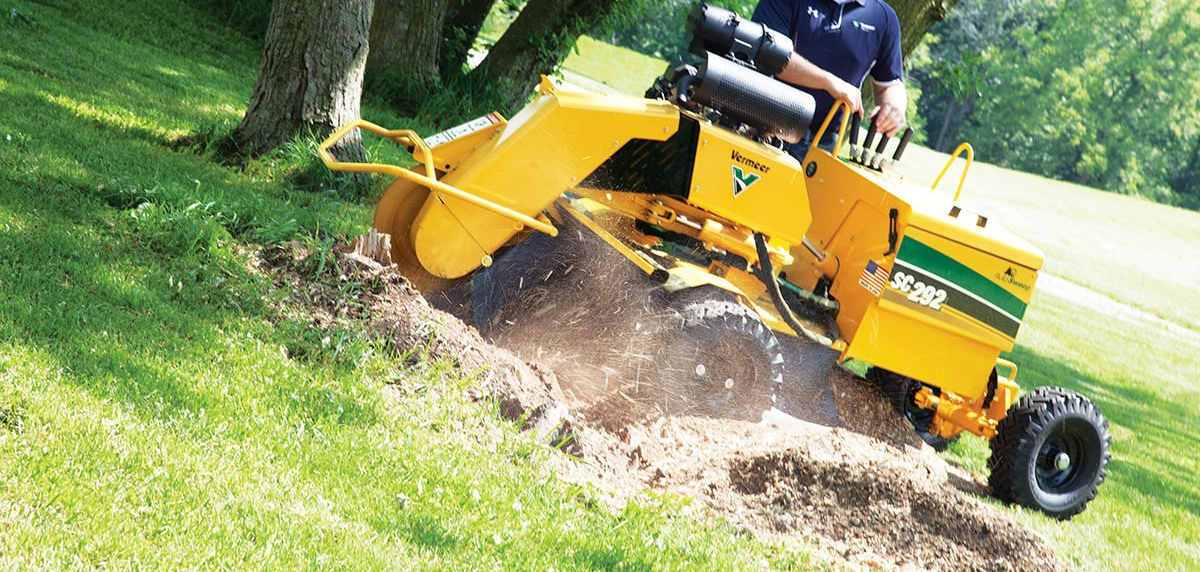



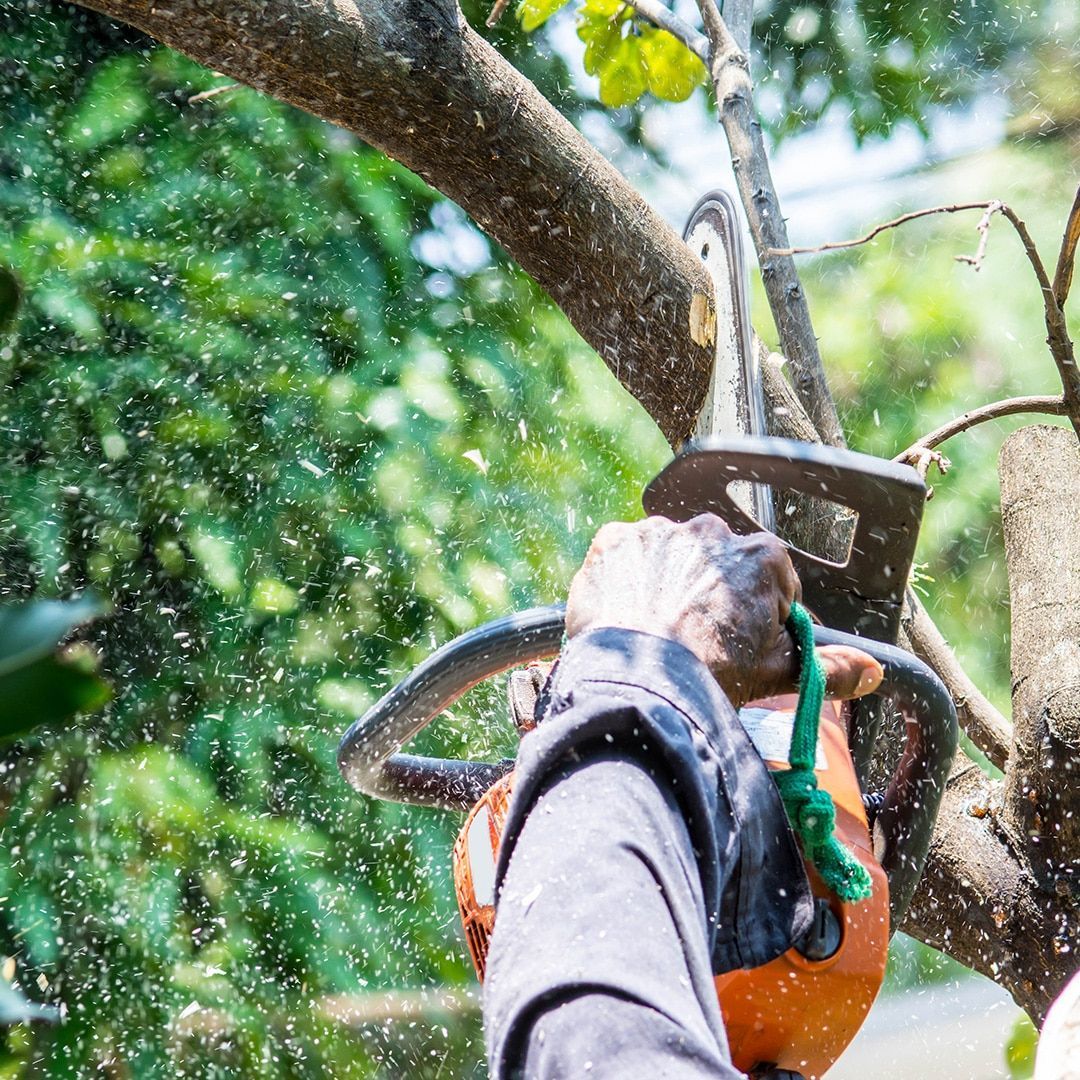
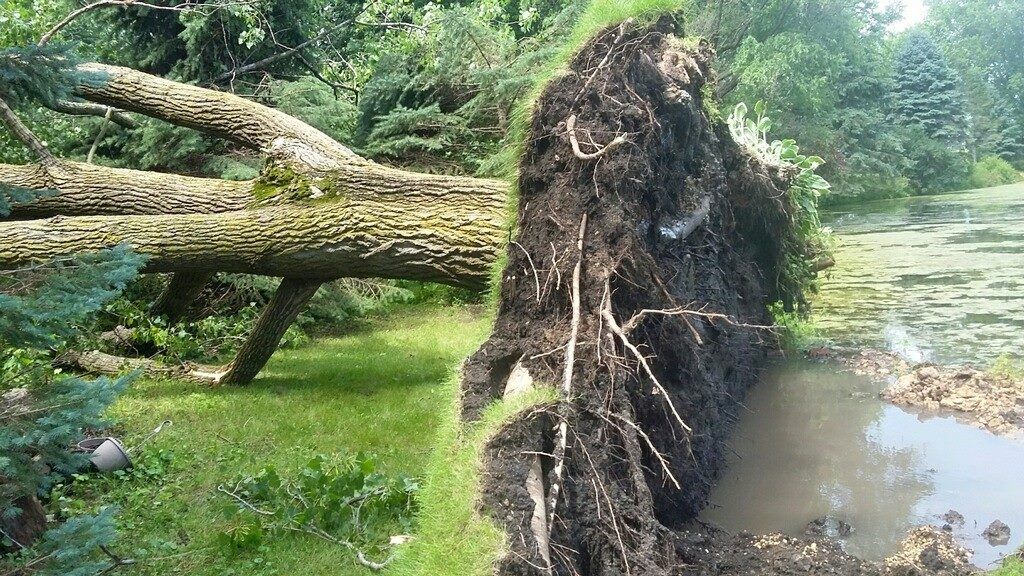
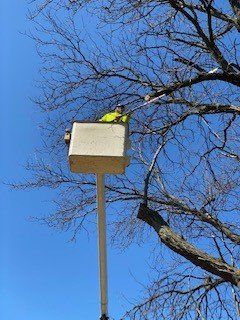
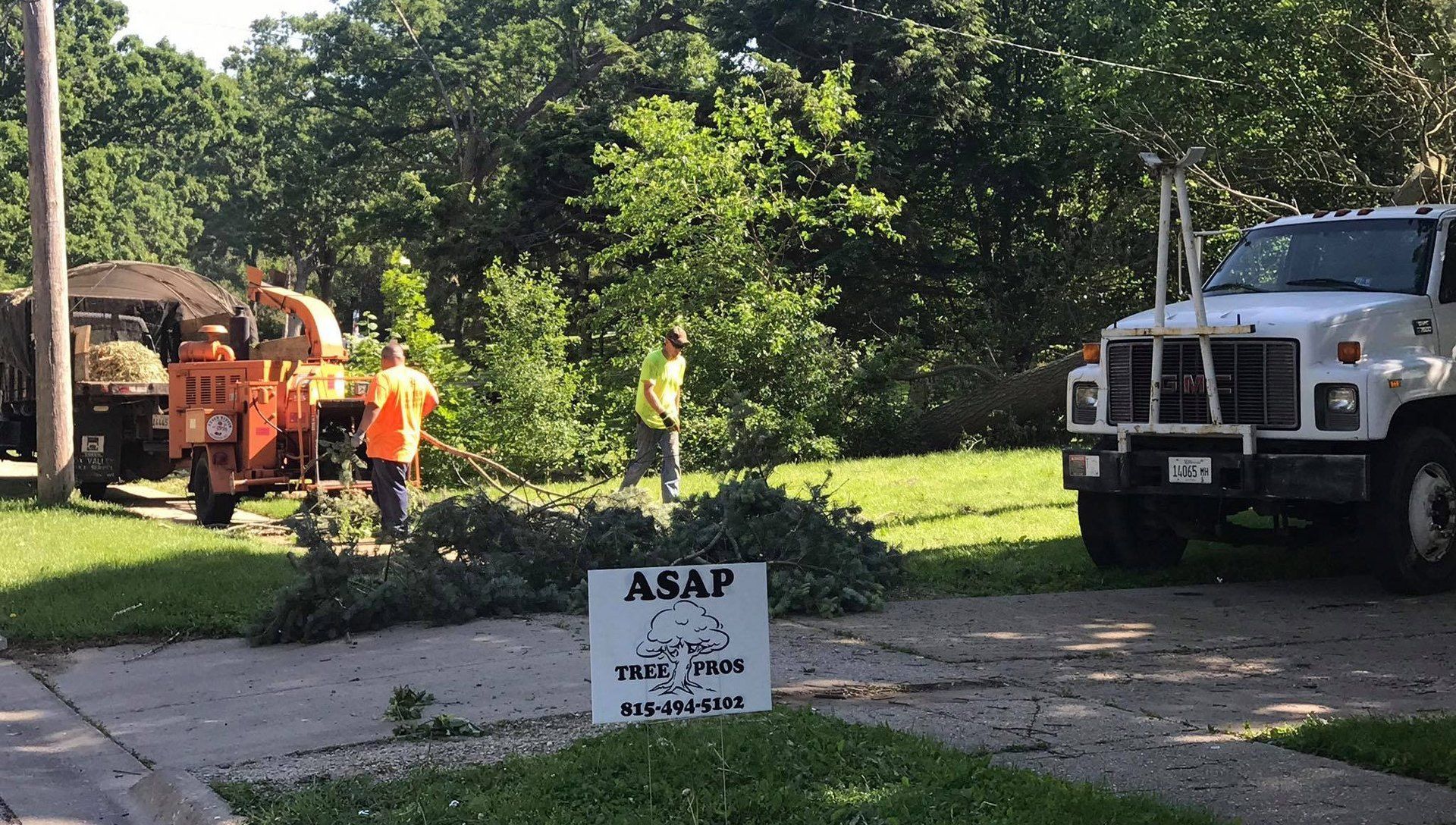

Share On: